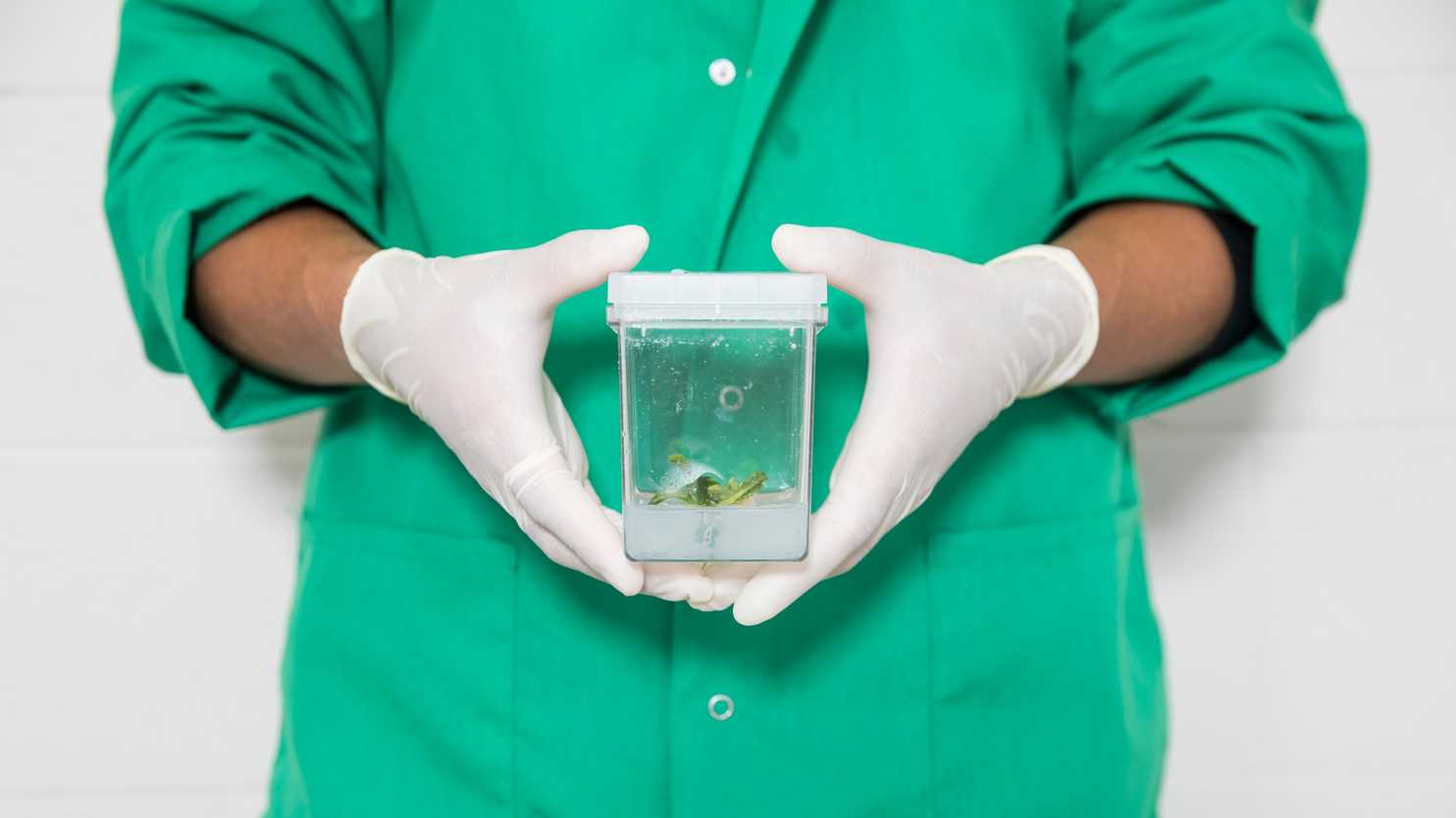To learn more about the conference and see more talks like this please visit us at: https://www.leafscience.org/ending-age-related-diseases-2018/
Category: biotech/medical – Page 2,795
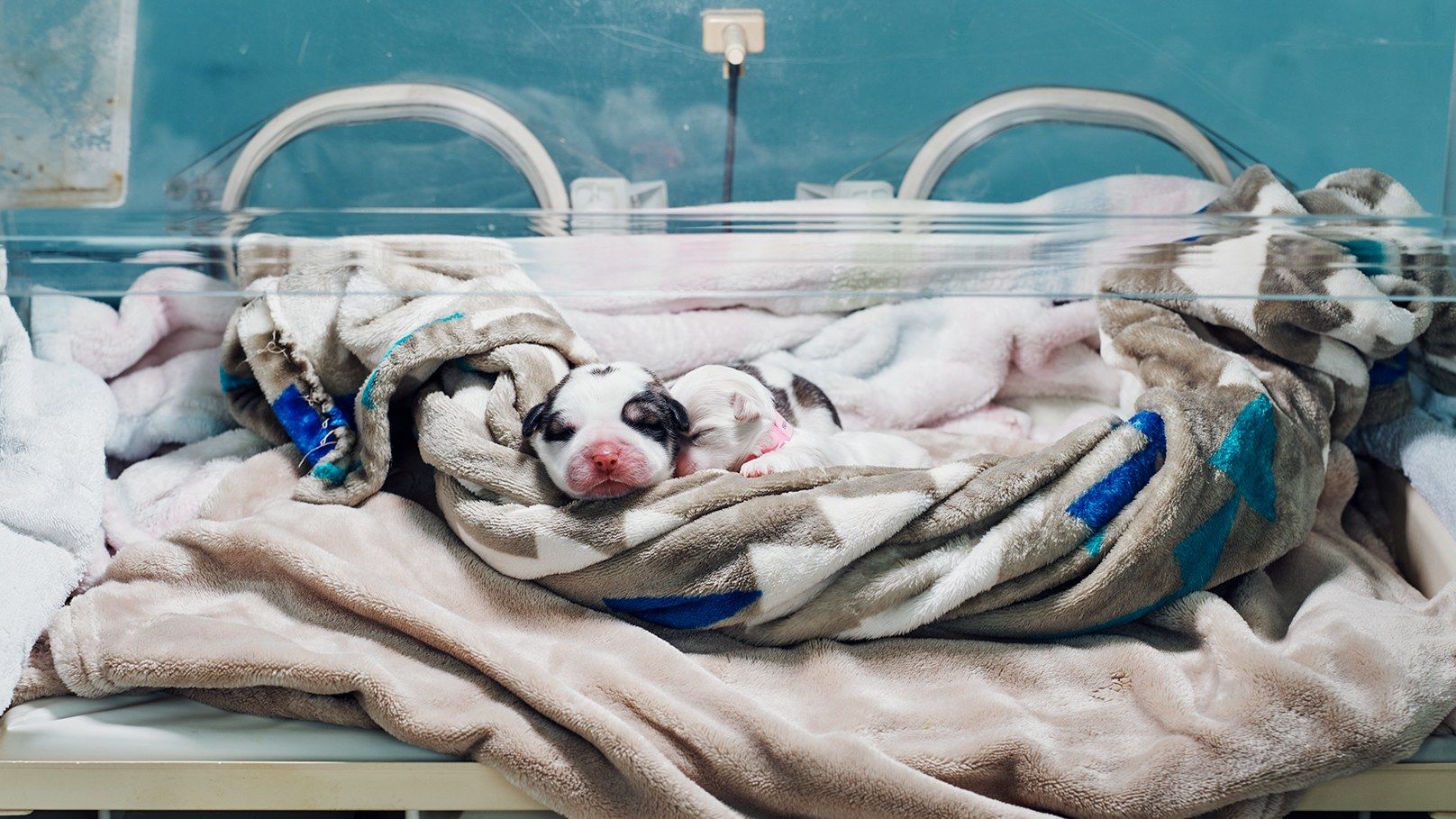
Mitochondria-targeted hydrogen sulfide attenuates endothelial senescence
Aging (Albany NY). 2018 Jul 19;10:1666–1681. doi: 10.18632/aging.101500.
Latorre E, Torregrossa R, Wood ME, Whiteman M, Harries LW.
1University of Exeter Medical School, University of Exeter, UK.2College of Life and Environmental Sciences, University of Exeter, UK.
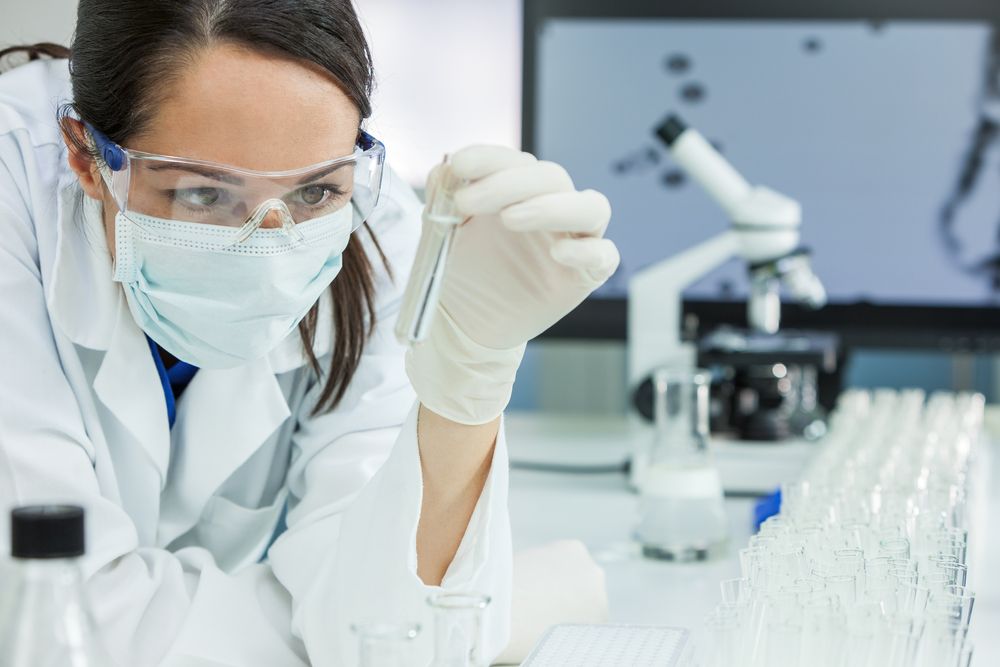
ResTORbio Announces Results in Phase 2b Human Trial
#mTOR (mammalian target of rapamycin) Inhibiting TORC1 has been shown to increase lifespan.
Today, we are pleased to announce that the results are in from a human trial that targets the aging immune system and that an immune system-boosting drug appears to be effective.
Targeting TORC1 to boost the immune system
As we age, the immune system becomes increasingly poor and unable to detect and fight infections. This can make the elderly vulnerable to respiratory tract infections (RTIs), thus impacting their health and quality of life and leaving them at risk of dying from such infections. There are currently no treatments for RTIs that target the aging immune system directly.
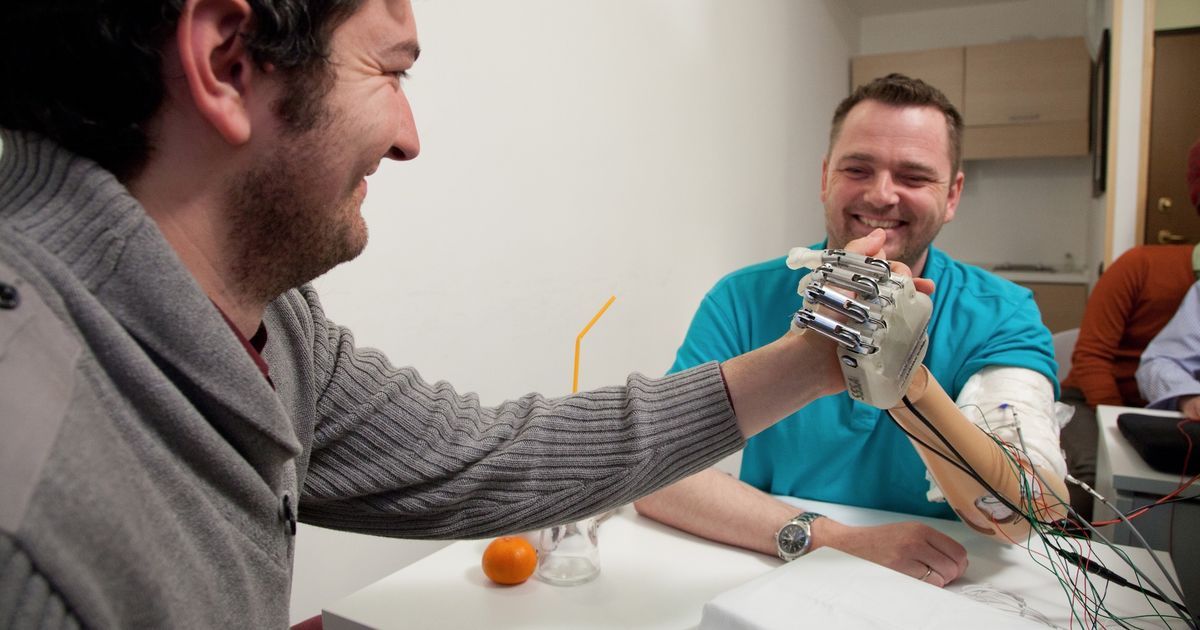
A Mind-Controlled Robotic Hand With A Sense Of Touch
Denis Aabo Sørensen lost his left hand nine years ago, while handling fireworks. Since then, he has used prosthetic hands, but never one like this. Last year, a team of European engineers created for him a prosthetic hand that connects directly to the remaining nerves in his upper arm. That means the hand is able to send sensations of touch back through his arm and into his brain. Plus, when Sørensen wanted to grab something, he could move the hand by simply thinking about it.
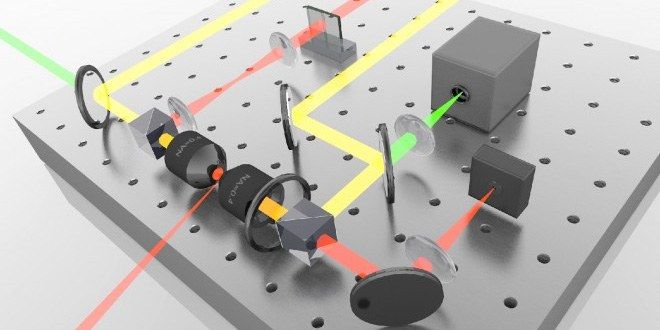
Quantum Microscope May Be Able to See Inside Living Cells
By combining quantum mechanical quirks of light with a technique called photonic force microscopy, scientists can now probe detailed structures inside living cells like never before. This ability could bring into focus previously invisible processes and help biologists better understand how cells work.
Photonic force microscopy is similar to atomic force microscopy, where a fine-tipped needle is used to scan the surface of something extremely small such as DNA. Rather than a needle, researchers used extremely tiny fat granules about 300 nanometers in diameter to map out the flow of cytoplasm inside yeast cells with high precision.
To see where these miniscule fat particles were, they shined a laser on them. Here, the researchers had to rely on what’s known as squeezed light. Photons of light are inherently noisy and because of this, a laser beam’s light particles won’t all hit a detector at the same time. There is a slight randomness to their arrival that makes for a fuzzy picture. But squeezed light uses quantum mechanical tricks to reduce this noise and clear up the fuzziness.
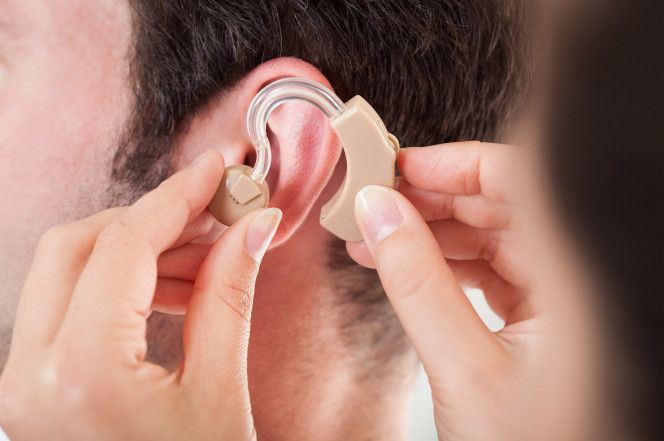
Revolutionary gene therapy could be a miracle cure for deafness
Scientists have developed gene therapy that lets deaf mice hear whispers – and humans could be next.
An extreme form of inherited deafness has been cured in the rodents, which could pave the way for life-changing treatments for humans born with gene defects that affect hearing and balance.
In a groundbreaking experiment, scientists used a laboratory-made virus to deliver corrective DNA into the inner ear.


